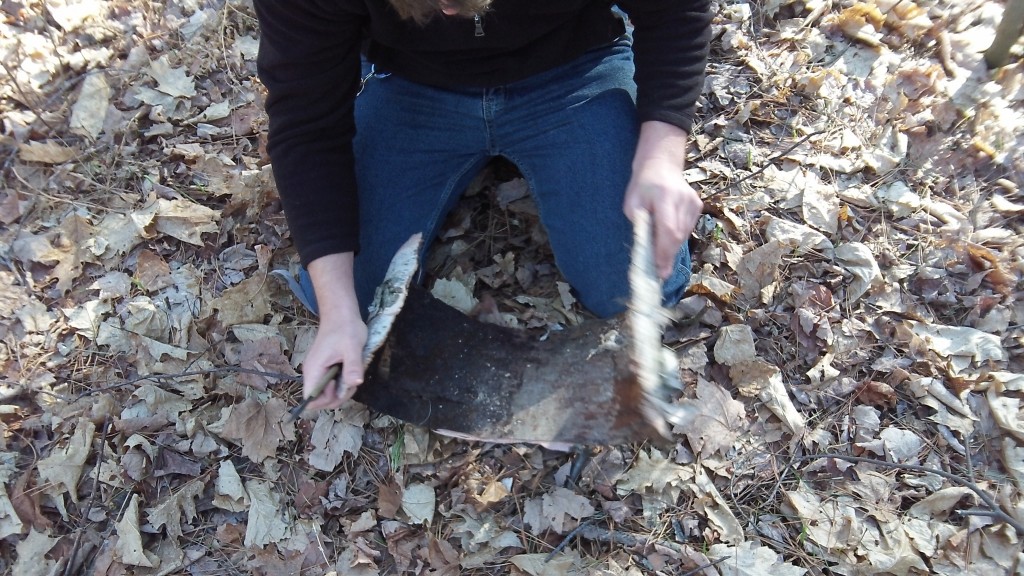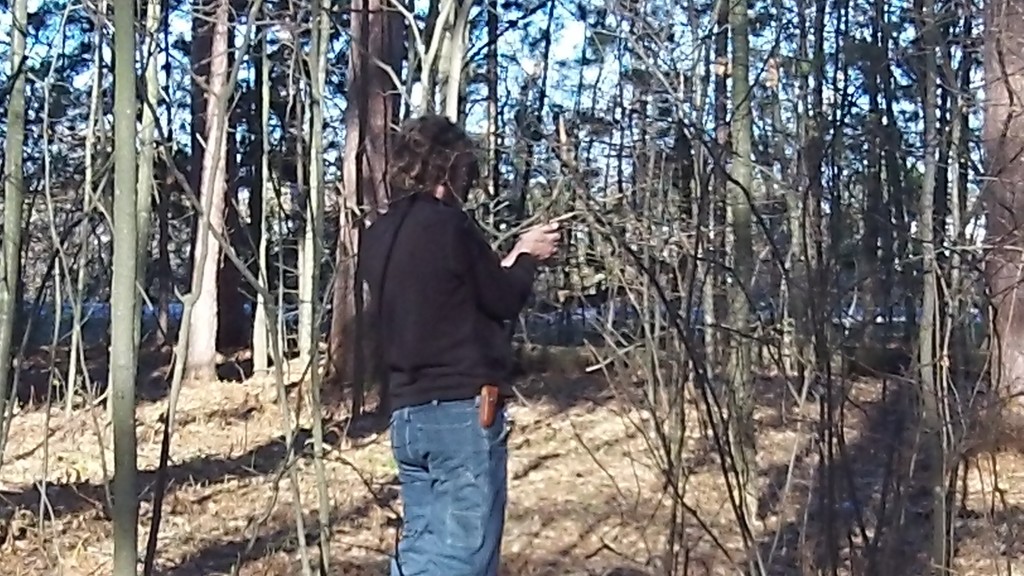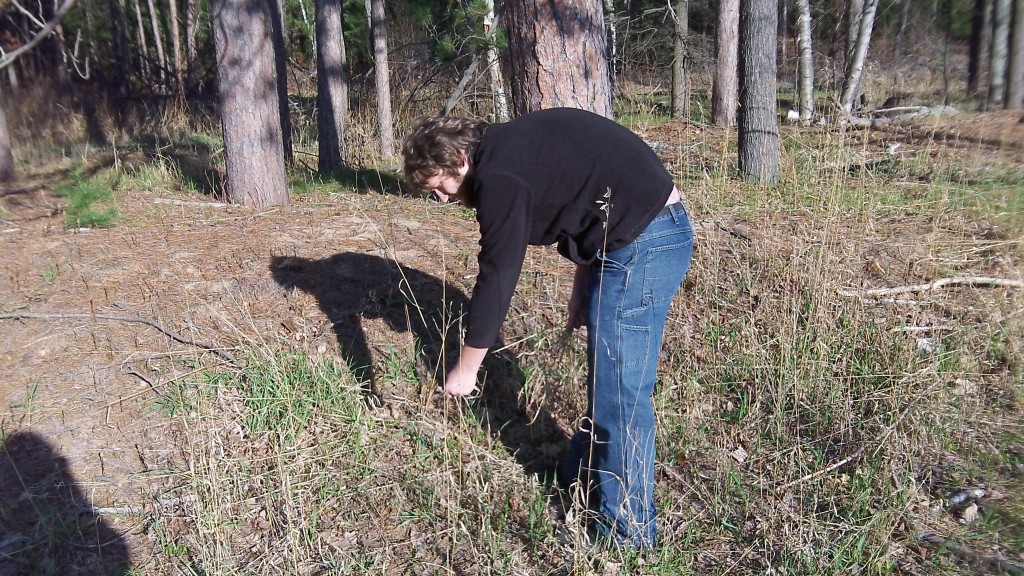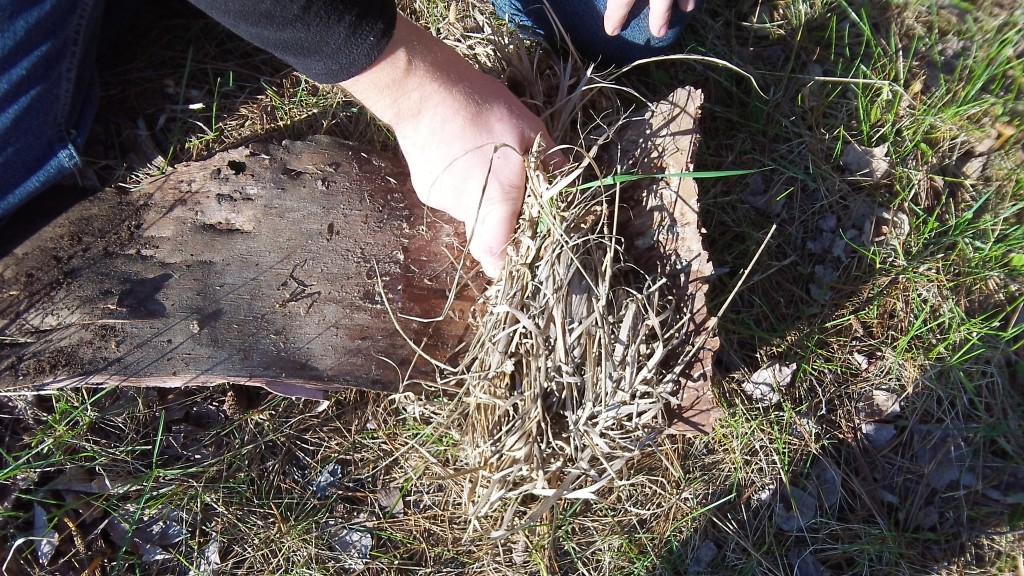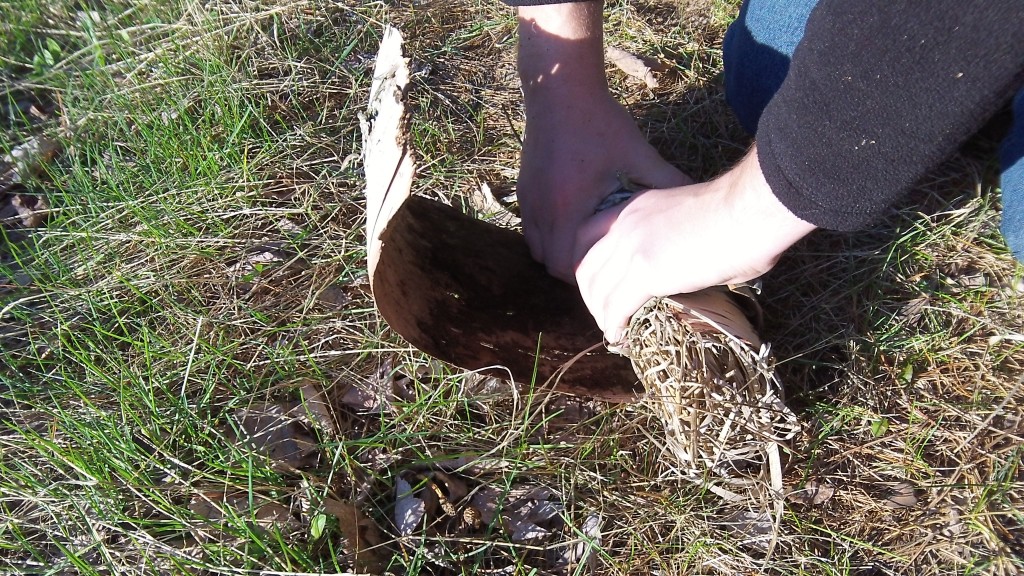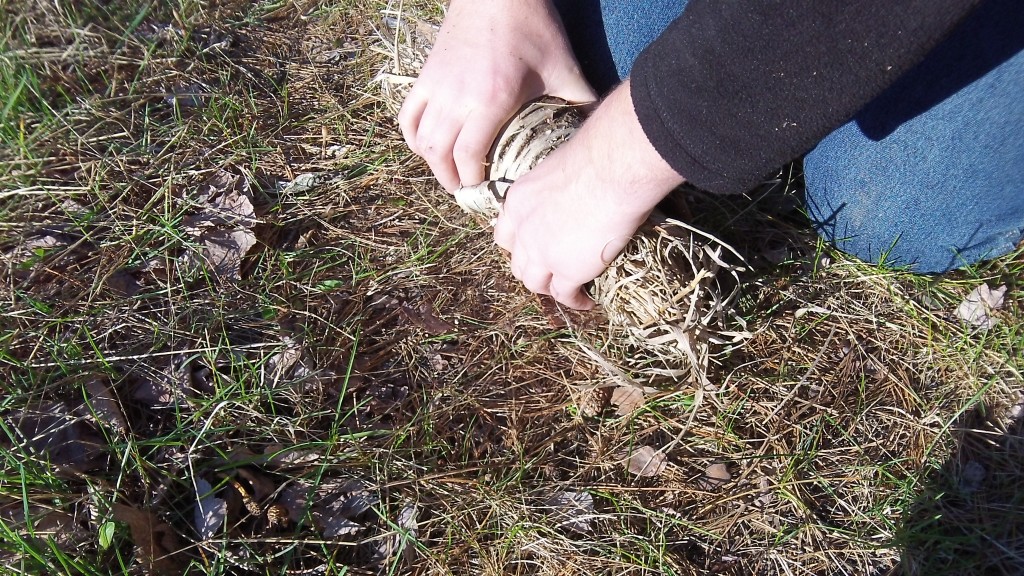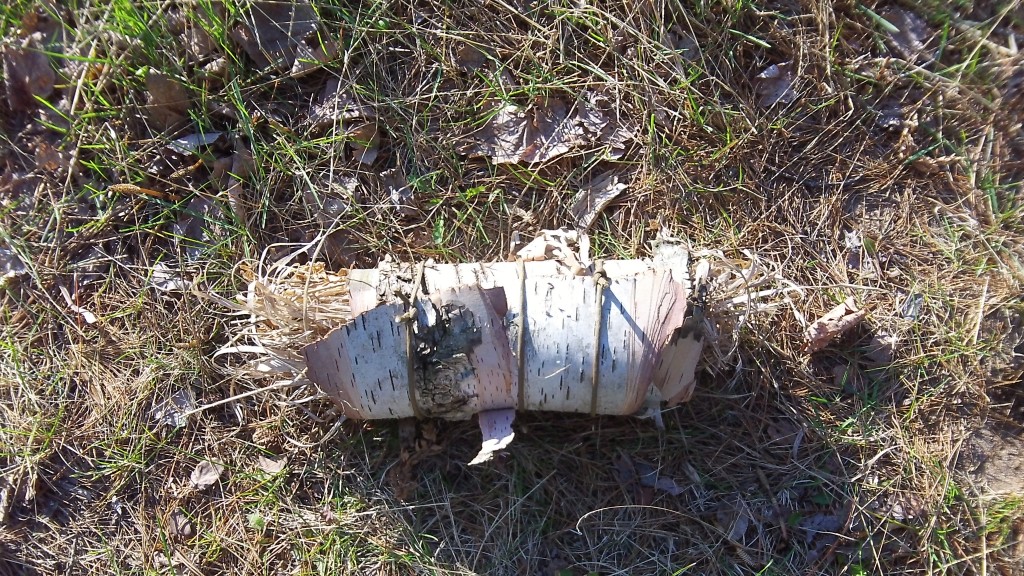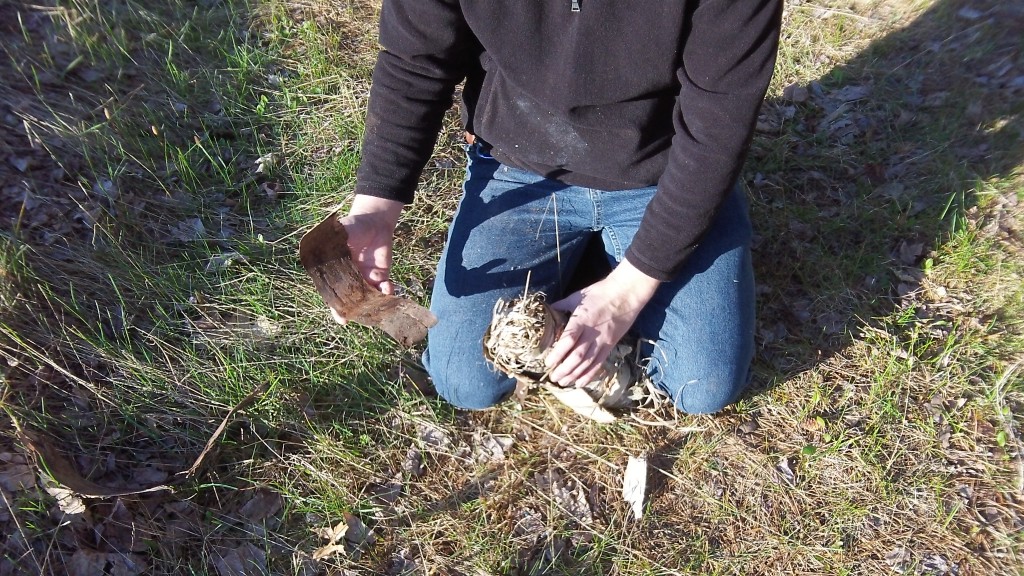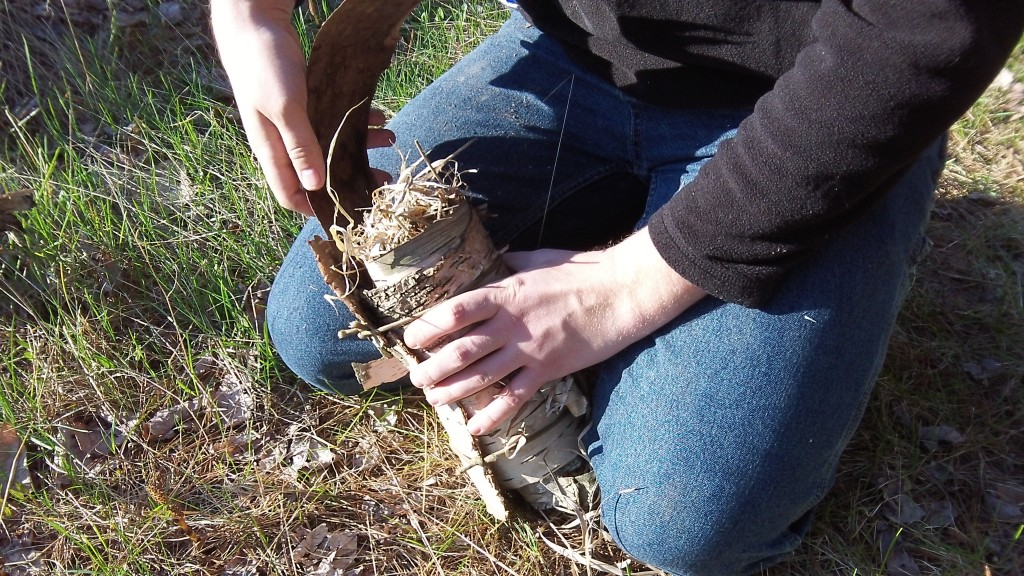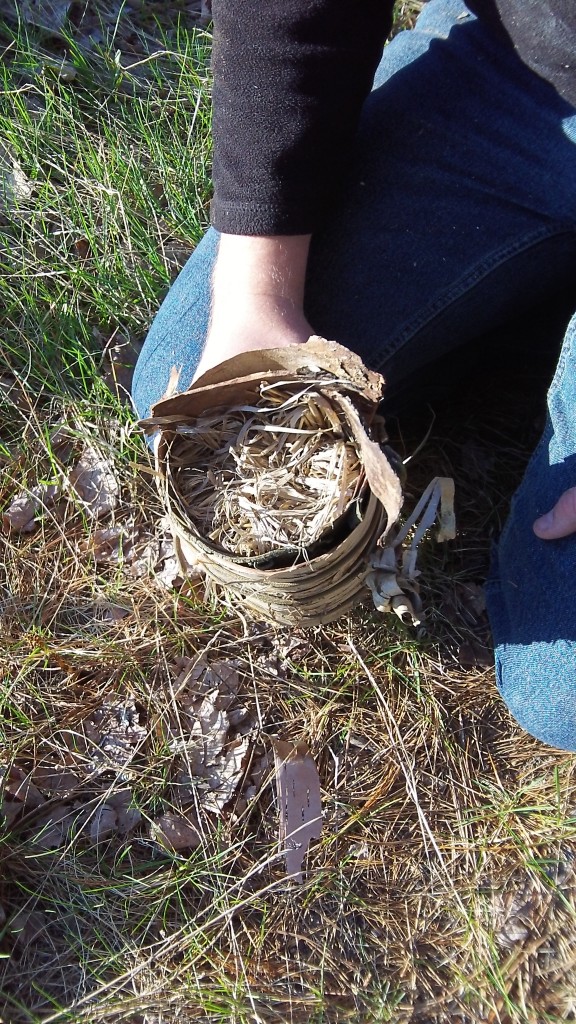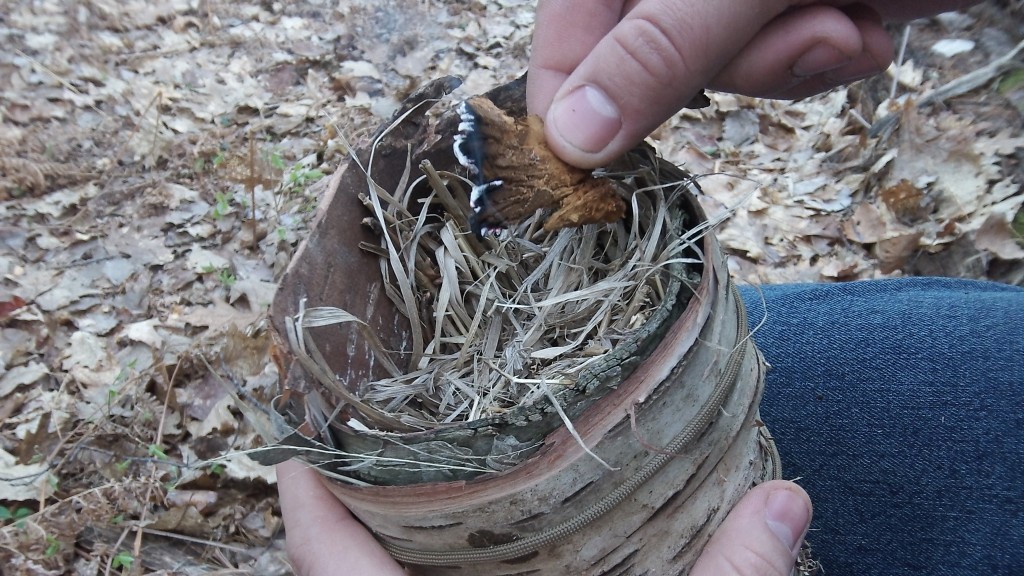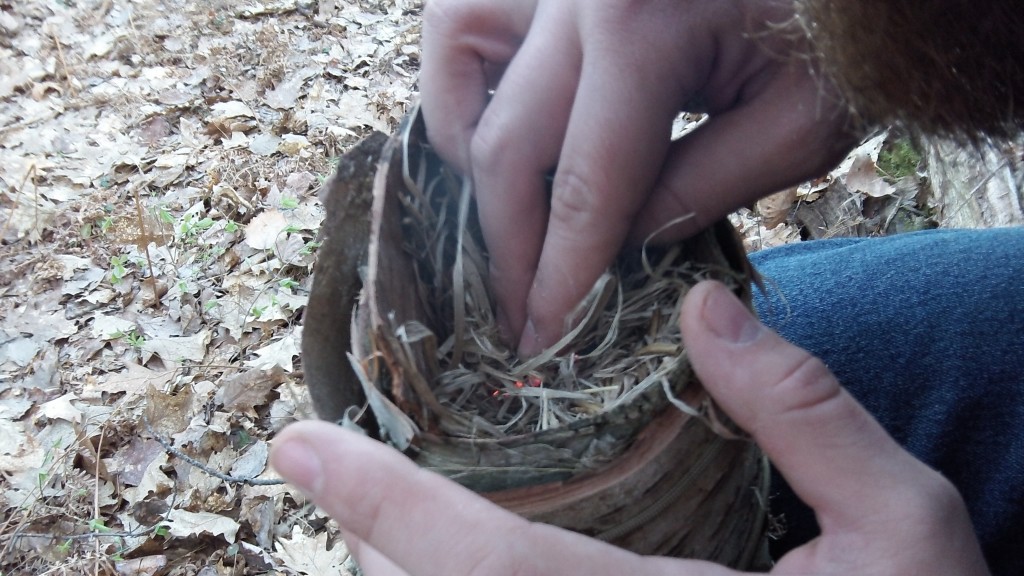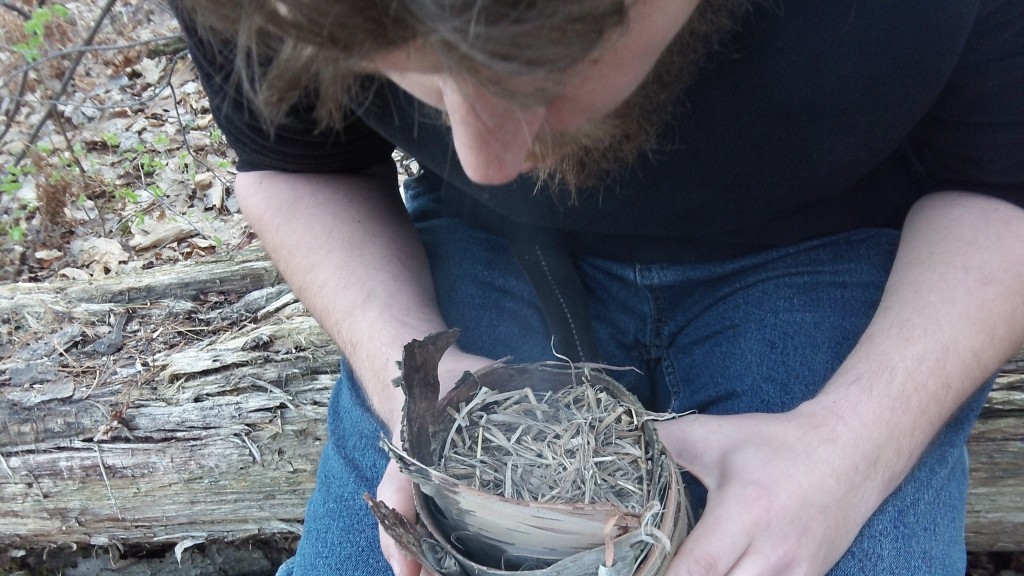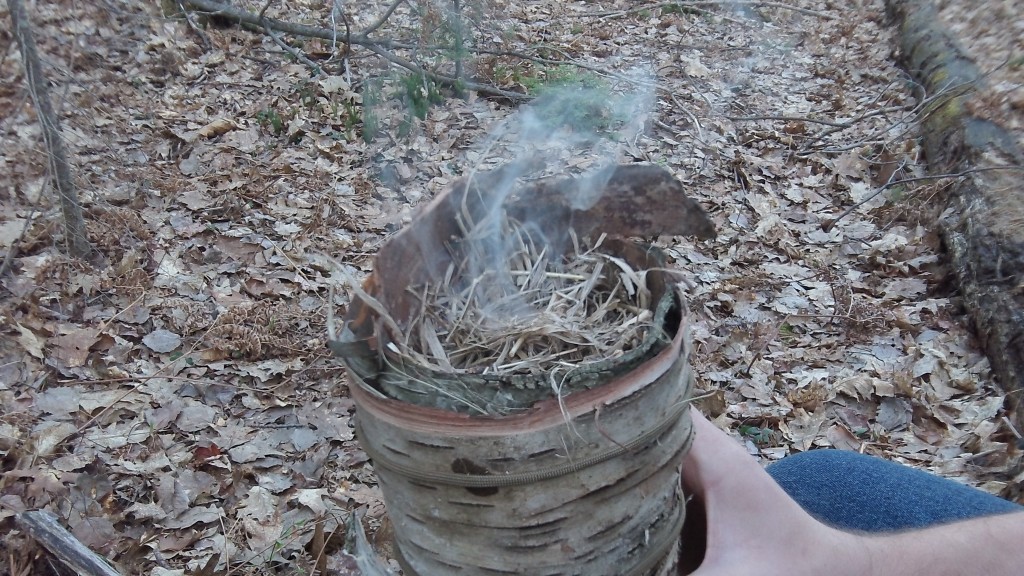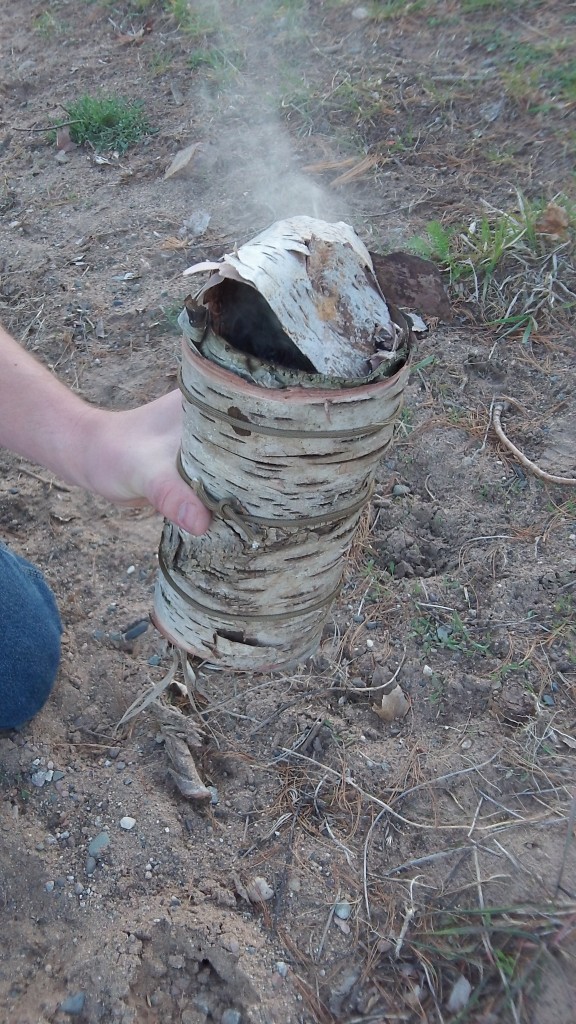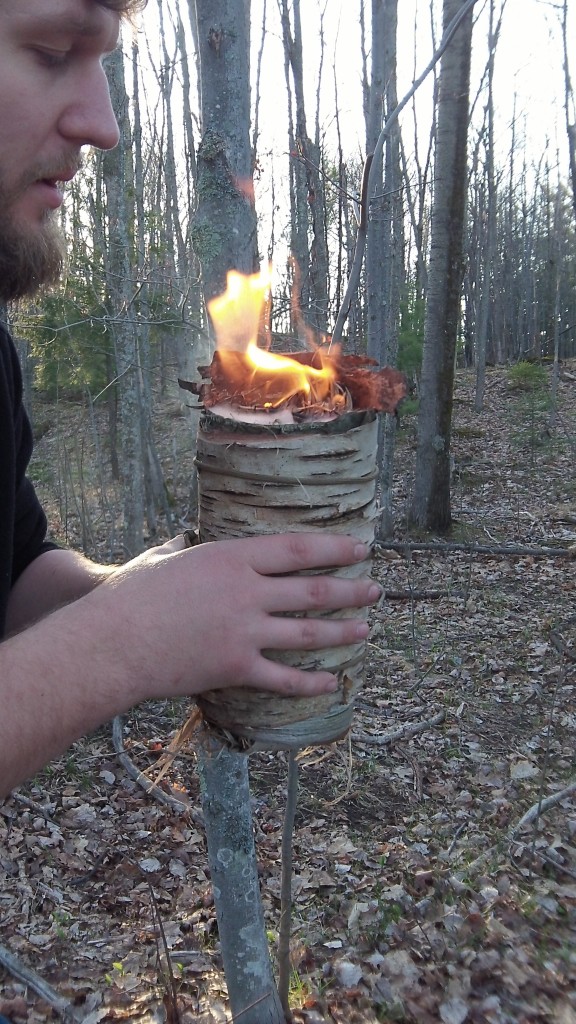Fire is an important element to wilderness survival. After getting a fire going the first time, it is important to never allow it to go out in a survival situation. The Long Match is a method of carrying that fire with you as you leave camp and head out to the next destination. This becomes of great use when the only method of fire starting available is through primitive methods.
The Long Match may be thought of as a “bushcraft cigar.” It is made of an outer shell and dry fuel that will smolder. The goal is not to ignite the dry tinder but to allow it to smolder until it is desired to be blown into flame.
First one gathers the shell. This may be made from nearly anything that can be rolled up into a tube. In this case, birch bark was used off of a dead and down birch.
The bark was broken into about a foot long section and then sliced down the middle to open it up.
This prepared bark is now ready to house dried grasses, leafs, and bark. The next step is to forage for these things. Anything dry that will smolder will do. This means it’s better to use grasses, bark, or things like chaga bits rather than sticks as the goal isn’t to have a flame but a smoldering bundle of fuel.
Dry leafs and pine needles are collected from trees where they blew into rather than the wet ground.
Dry standing grasses are easily collected and worked into a bundle.
After these things are collected and meshed together, they are placed on the inside of the outer shell.
The bark is then rolled up as tightly as possible to make sure the inner fuel is held together.
Once the long match is rolled properly, it is time to secure it with some cordage. In this case, 550 cord is used though root lashing or natural cordage will work just fine. This long match is tied in three sections to make sure that the shell is secure but also if the outer shell degrades as the fuel burns down the new (and smaller) sections will be held together.
To help hold the grasses and bark in, a cap can be made from another piece of bark by inserting it into the folds on the end of the long match.
With the cap now on, the grasses at the top of the long match are tamped down to make sure the smoldering carries throughout the fuel source rather than burning out.
A coal from a camp fire may be placed inside the tamped fuel source. In this case, a sparked piece of amadou is placed inside the fuel source.
To help insulate the coal from being put out by wind and to make sure that the coal catches the grasses and smolders, the coal is covered by a thin layer of fuel.
The long match may then be blown on to help insure transfer of the fire from the coal to the fuel source. In the case of an actual coal from a fire, it will often do it by itself but it doesn’t hurt to make sure that the fire is captured, especially in a survival situation.
The long match is now ready to be transported as it smolders, preserving the life of the coal.
If the wind is blowing, causing the fuel to smolder too quickly, measures may be taken to slow this unwanted effect. Fitting a cap on the top of the long match, the exact same way as the bottom cap was made in the beginning, will help starve the long match of oxygen and slow the rate of burning. Make sure some air is still able to get to the coal otherwise it will go out.
When it is time to make the camp fire or possibly a new fire to go about and make a new long match to continue the journey, it is simple to remove the cap and blow life into the fire. The long match is already full of tinder and ready to go with the right bit of wind!





